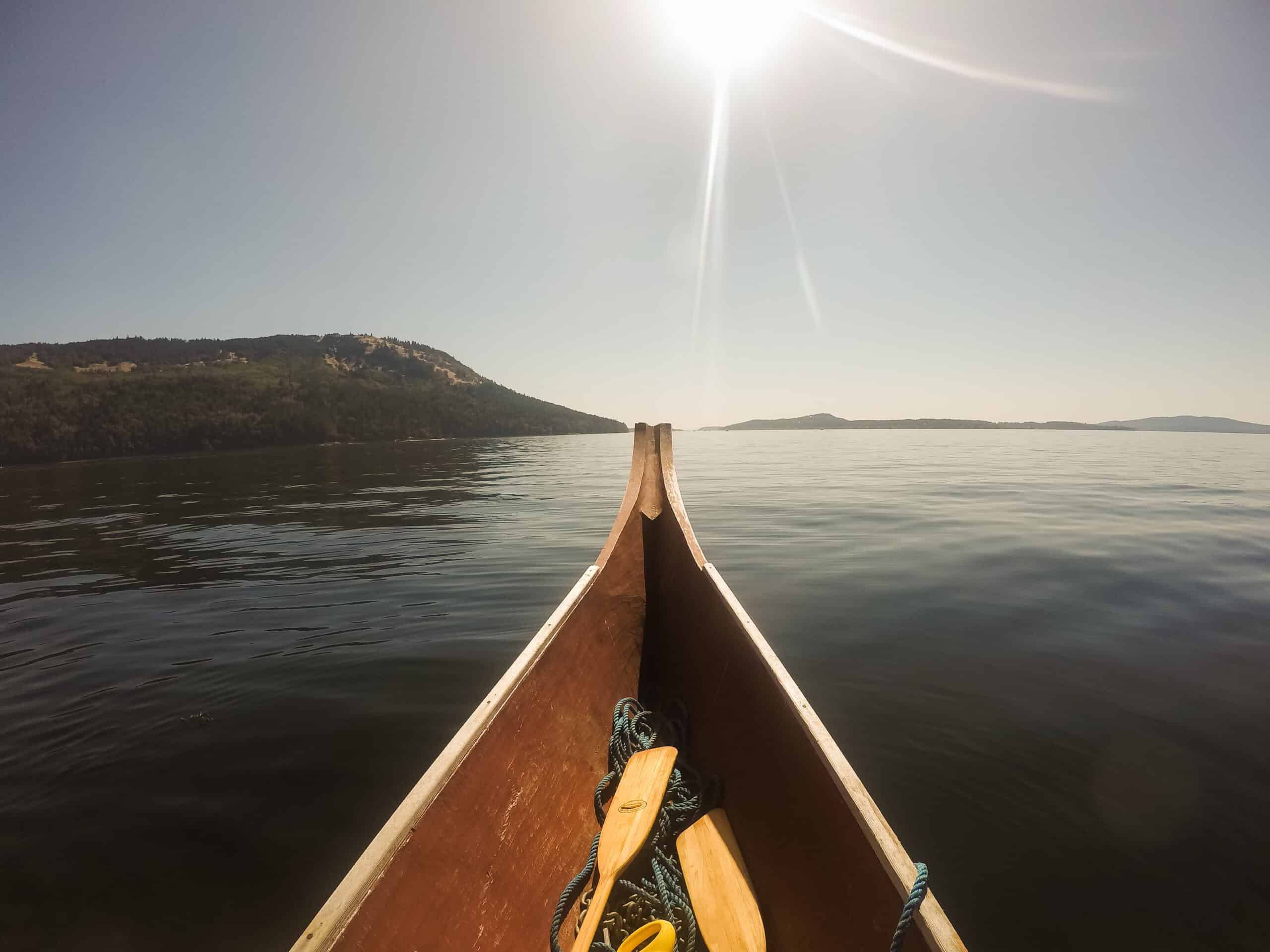Through his role with the BC Emergency Medicine Network, Centre for Health Evaluation and Outcome Sciences (CHÉOS) Scientist and St. Paul’s Hospital emergency physician Dr. Jim Christenson is part of a project that aims to improve emergency care in four remote Nuu-Chah-Nulth communities through community engagement, partnerships, and research. Below is an article originally published in the Daily Scan.
To improve emergency care for remote First Nations communities, the Nuu-chah-nulth Tribal Council (NTC) partnered with the University of British Columbia’s Department of Emergency Medicine to create Kwiis-hen-niip, meaning “change” in Nuu-chah-nulth.
In collaboration with BC Emergency Health Services, the First Nations Health Authority, Island Health, among others, four Nuu-chah-nulth nations are involved in the project.
Ka:’yu:’k’t’h’/Che:k’tles7et’h’, Hesquiaht, Ahousaht, and Tla-o-qui-aht First Nations recently wrapped up the first year of the four-year partnership funded by the Canadian Institutes of Health Research, a federal agency for health research.
Based on community-identified needs, Kwiis-hen-niip aims to improve emergency care through enhanced support for first responders, community readiness, patient transport, and communications.
Most recently, all four nations were tasked to appoint a first responder coordinator that is responsible for supporting programming and training to bolster emergency response within their communities.
Bernard Charleson is Hesquiaht’s first responder coordinator and emergency operations coordinator (EOC).
As the EOC, Charleson collaborates with other first responder coordinators from the neighbouring nations involved with the project. He’s expected to participate in regular first responder meetings, help to create a system for collecting information on first responders call-outs, as well as identify equipment, supply and training needs.
“We’re the kind of people that ask a lot of questions and bother a lot of people until we get an answer,” he said.
Hesquiaht’s on-reserve community is located at Hot Springs Cove. It takes around two and a half hours for members to travel to Tofino, he said.
“We don’t have regular doctor visits,” said Charleson. “It is a little bit of work coordinating flights and emergencies and supplies.”
While Charleson said the nation’s remote location helped to keep the community safe from COVID-19, it did pose other challenges, such as food supply shortages.
Through the program, four working groups have been created to discuss target areas that need improving.
Cultural safety and anti-racism, first responders, primary care, and community readiness are some of the topics being examined, said Malcomson.
The EOCs will advocate for their community’s specific needs to the working groups, which are comprised of medical students, professors, health directors, NTC management, along with doctors and nurses.
Two more working groups for transportation and community will be created this fall, and the program also plans to develop a Nuu Chah Nulth-based educational video on cardiopulmonary resuscitation (CPR). Those who wish to participate can contact Nicole Malcomson.
Elmer Frank has been hired as the EOC for Tla-o-qui-aht and Elizabeth Jack was hired as the EOC for Ka:’yu:’k’t’h’/Che:k’tles7et’h’. Ahousaht has yet to appoint an EOC, said Malcomson.
“We bring together western science and Nuu-chah-nulth knowledge and ways of knowing to ensure the best of both worlds,” read a release from Kwiis-hen-niip.
PHC works closely with partners to improve the health care experience for Indigenous and non-Indigenous people and caregivers in remote communities. Learn more about this critical work through the link below.
